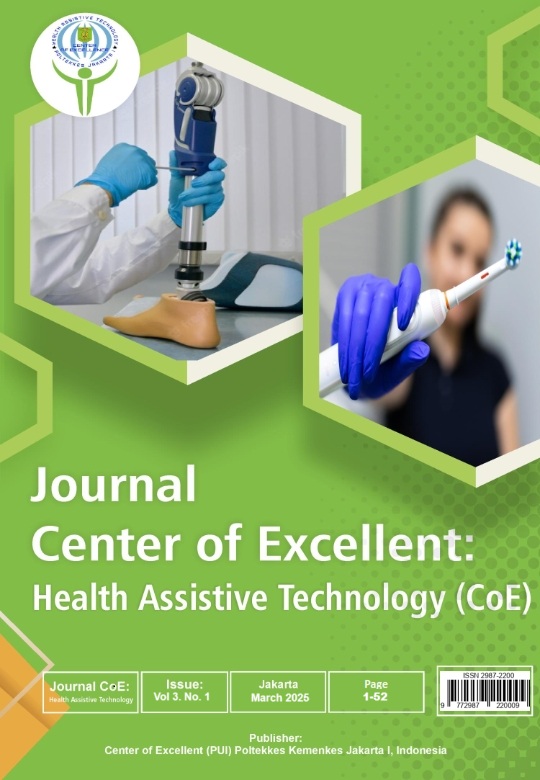Consuming Jicama Fruit on Debris Index Status in Elementary School Students
Keywords:
jicama fruit, debris indexAbstract
Debris index is food residue that sticks to the surface of the teeth. Eating fibrous fruits can reduce the debris index. As we know, fruits can also clean the oral cavity. The results of the examination of dental and oral hygiene on the initial data from all 10 students, the debris index was categorized as bad in 7 students and 3 students were categorized as moderate, this is in accordance with WHO's expectations, namely ?2. The purpose of the study was to determine the effect of consuming yam bean fruit on the status of debris index in students of SDN Kandang, Sakti District, Pidie Regency. This study used a quasi-experimental study, using a one-group pretest-posttest design. The sampling technique used a random sampling technique totaling 48 students. The study was conducted on February 24, 2014. The results showed the effect of consuming yam bean fruit on the status of debris index with a pretest value of 2.54 to 1.35 in the posttest. With the results of p = 0.000 (p <0.05). It can be concluded that there is an effect of consuming jicama fruit on the debris index status of students at SDN Kandang, Sakti District, Pidie Regency. It is recommended that students maintain dental and oral health by brushing their teeth at least 2 times a day and consuming fibrous foods so that their teeth become healthyDownloads
Download data is not yet available.
Published
2025-03-30
How to Cite
Maulina, R. ., Salfiyadi, T., Mardiah, A. ., & Nuraskin, C. A. (2025). Consuming Jicama Fruit on Debris Index Status in Elementary School Students. Journal Center of Excellent : Health Assistive Technology, 3(1), 9–13. https://doi.org/10.36082/jchat.v3i1.2199
Issue
Section
Articles
Copyright & Licensing
Copyright (c) 2025 Teuku Salfiyadi

This work is licensed under a Creative Commons Attribution-ShareAlike 4.0 International License.









